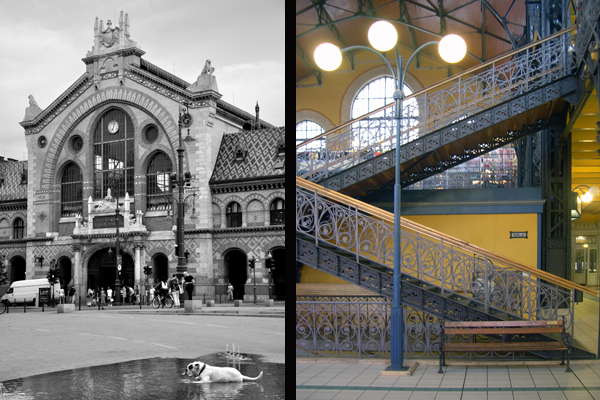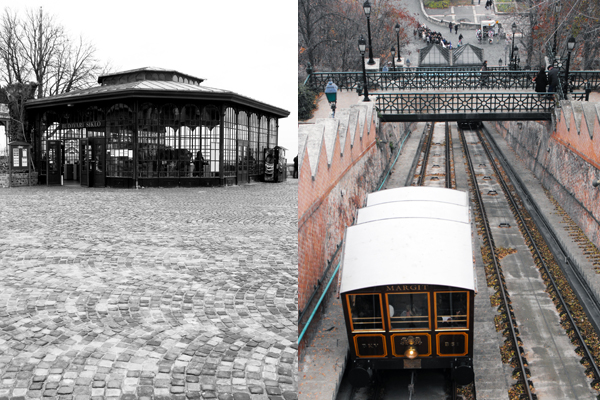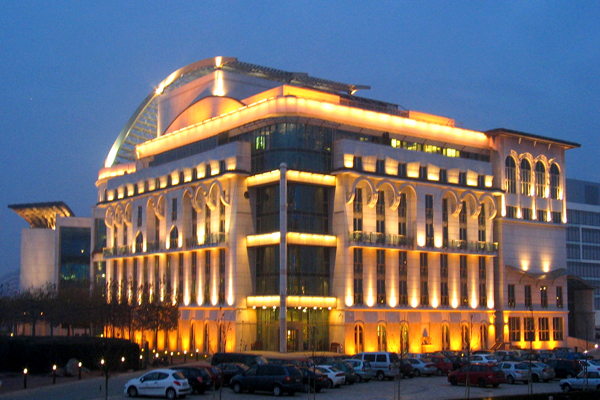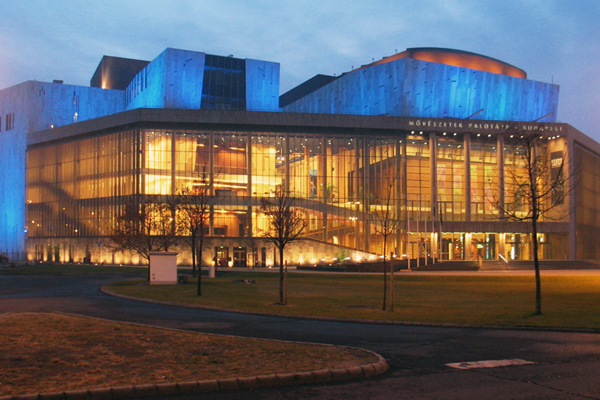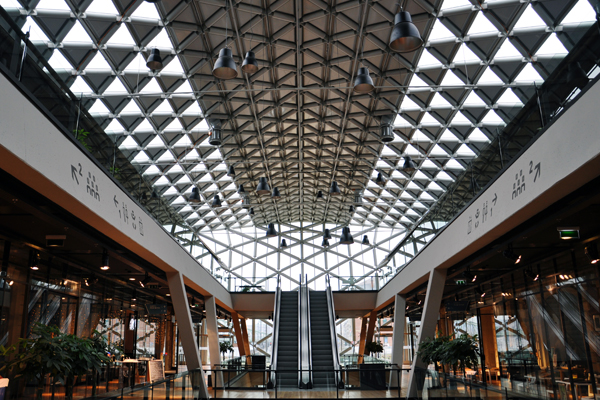The Hall is 44 meters wide, 188 meters long and 31.5 meters high- quite impressive.
Built under the egis of historic eclecticism, its style is Renaissant, and was opened in 1884. Cast iron ornaments, inside works of famous painters embellish this monument. You will find the statue of Gábor Baross, former minister of transport, in front of the building. Actually, It’s been there since 1898. Today, the space around most of the station is in a hectic state due to the construction works of the new metro line 4.

